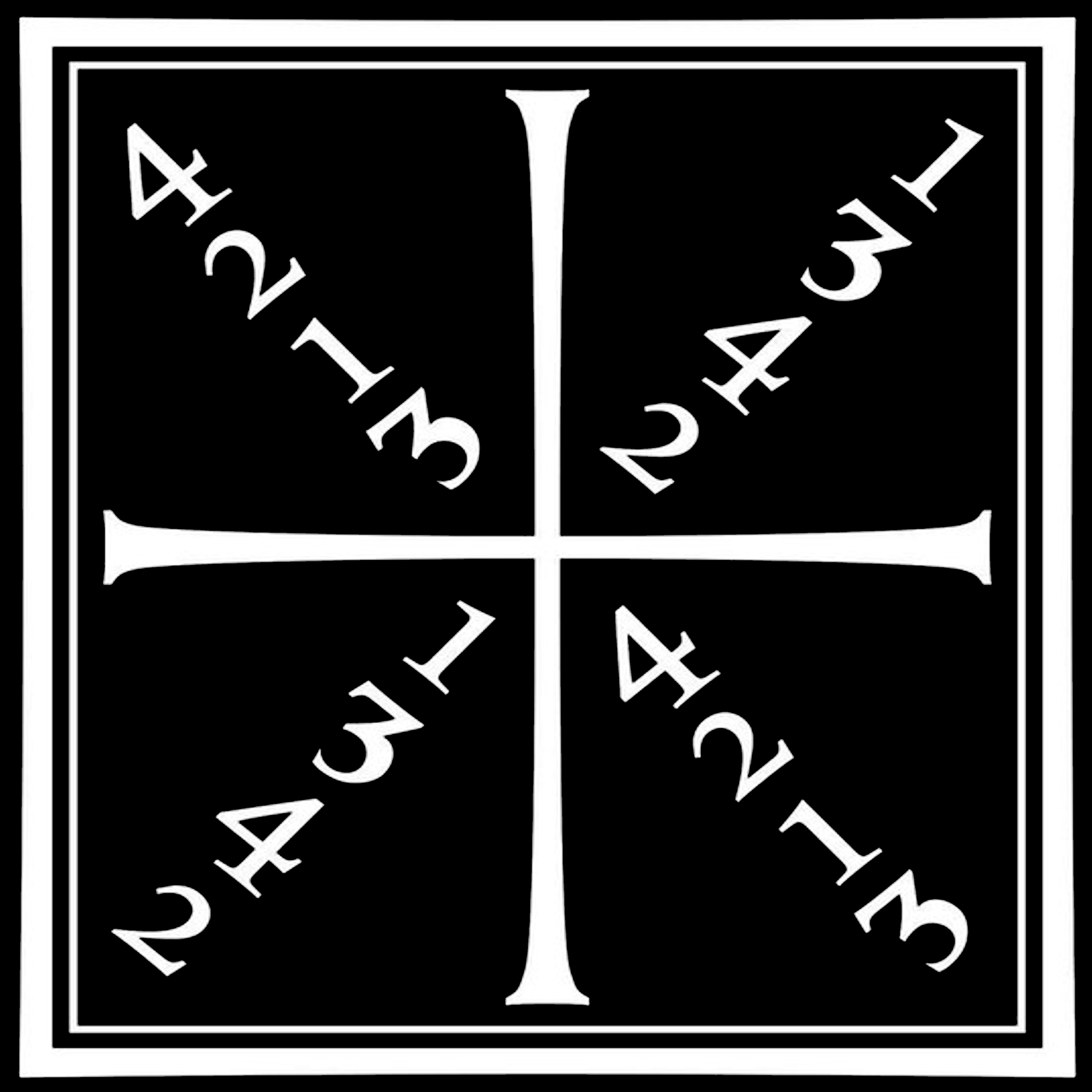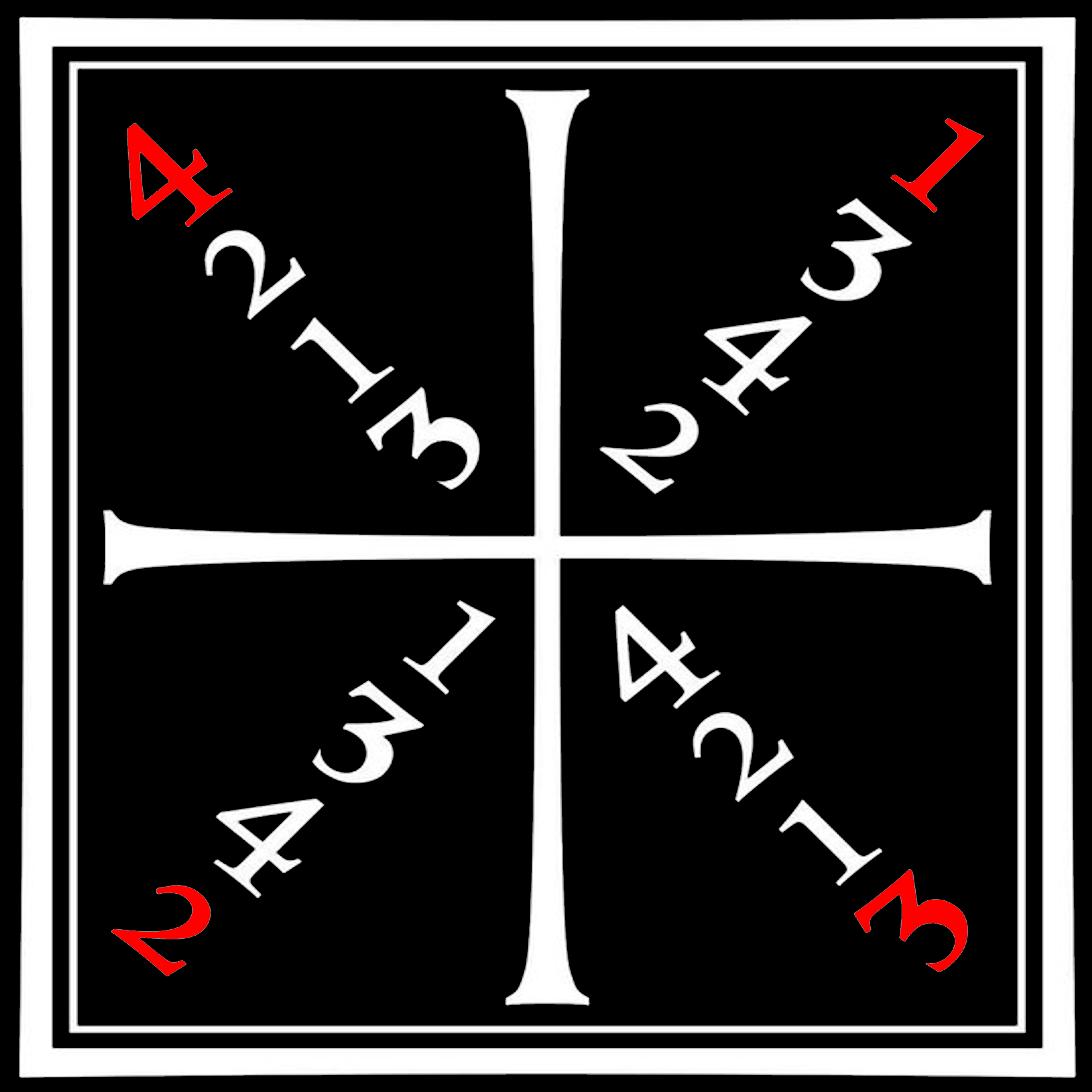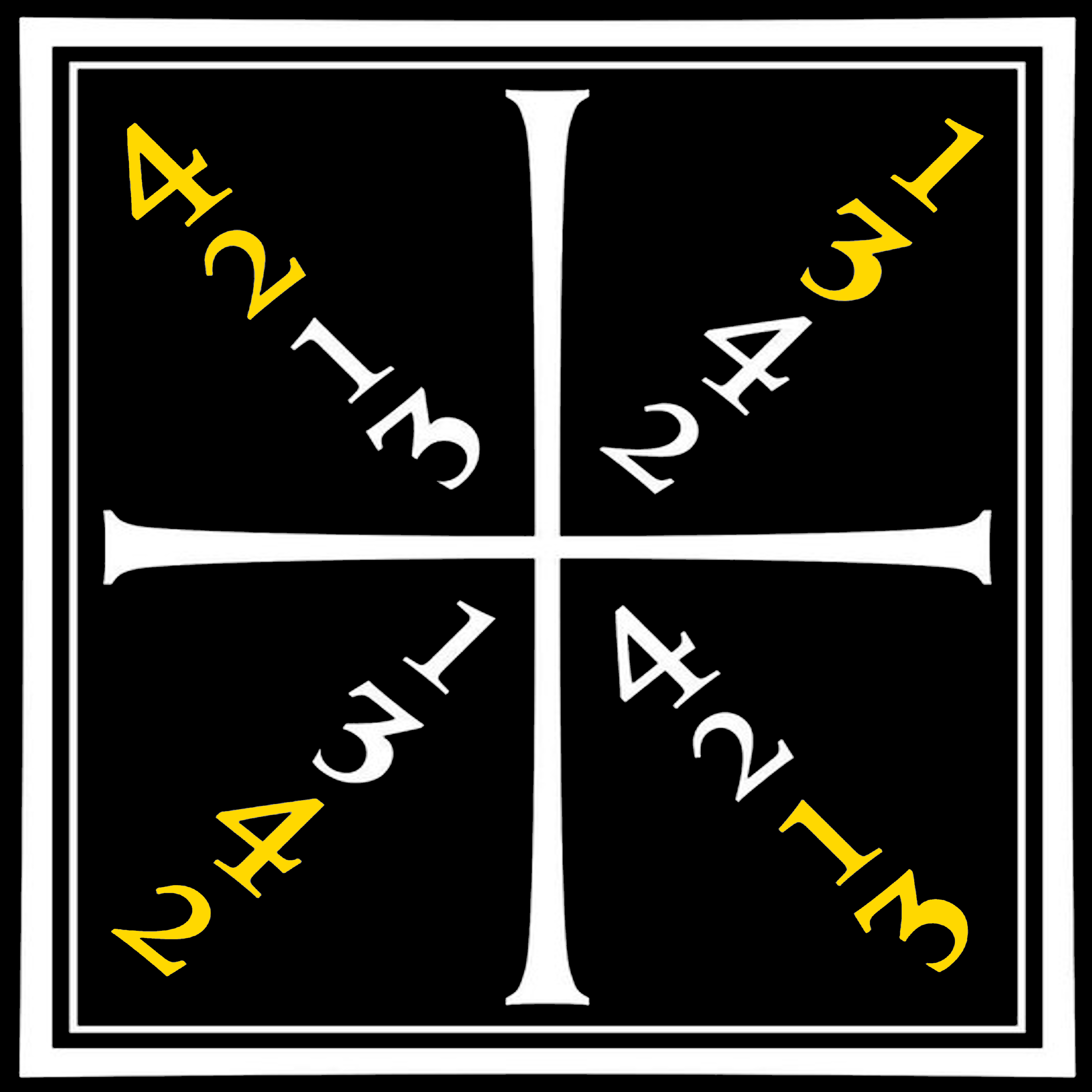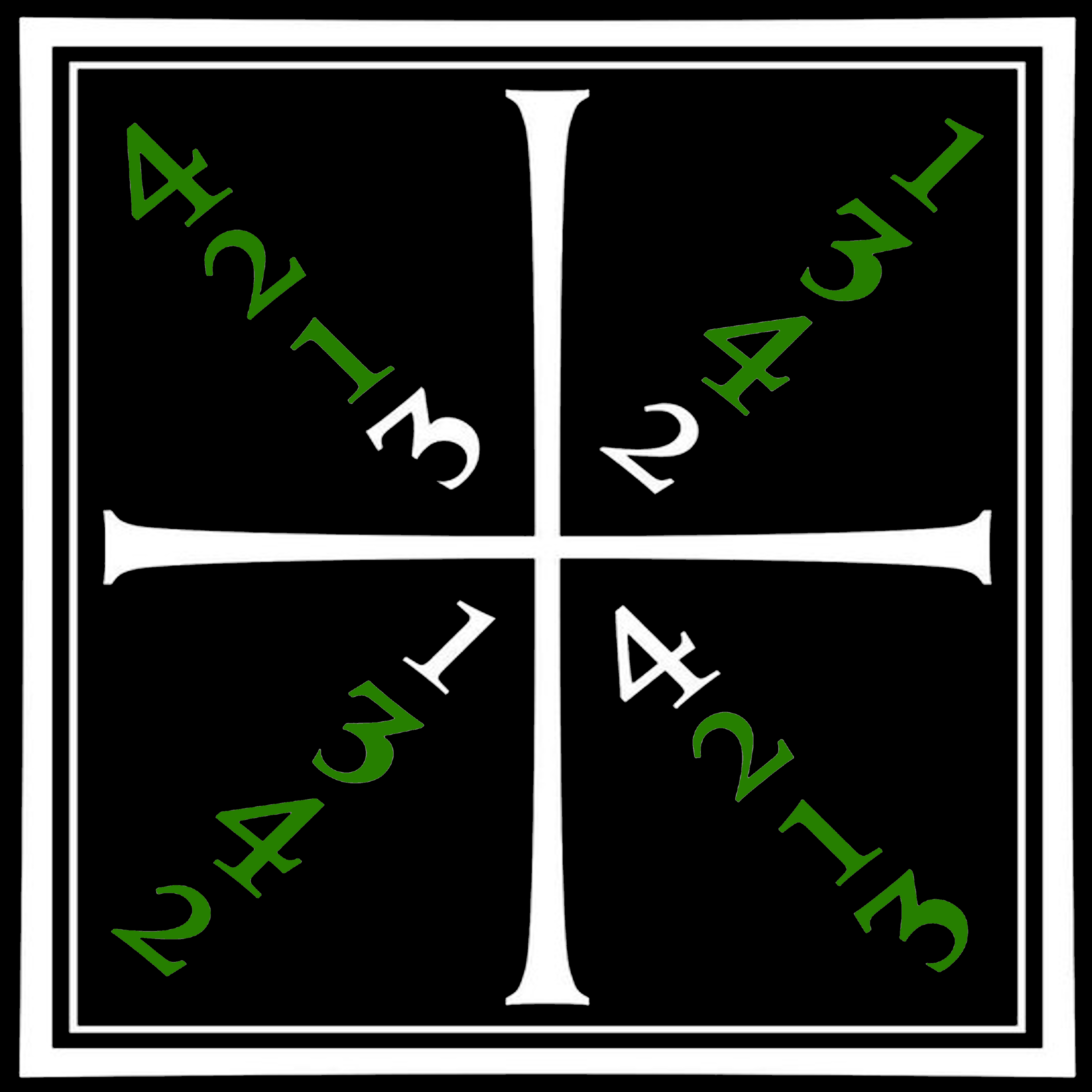Syllabus
Contents |
Syllabus
Meyer Free Scholars use a simple level system which provides students with a known base-level of knowledge they are expected to learn. A defined knowledge base means that students will be consistent in the application of their techniques, and helps provide a roadmap for a student's progress. It also means that new students will know whom they can ask for help.
Importantly, these ranks are a measure of knowledge, not of fighting skill.
While the Meyer Free Scholars’ syllabus is intended to comprise a combative martial art which provides a link to the past, it also encourages appropriately experienced students to compete in a friendly tournaments to test their skills in a “live” way. This directly mirrors the fechtshule tradition common in Germany in the 15th and 16th century, where the various fencing guilds could test their skills against one another.
The syllabus is comprised of a mandatory core set of primary proficiencies in longsword and wrestling techniques associated with this art, as well as secondary proficiencies in other weapons & skills according to the interests of the student as they progress in experience and ability.
The syllabus is arranged into a set of levels, each building on the knowledge gained in the prior level; each time the student is tested they will be tested on the earlier levels as well as they level they are trying to attain.
Neuling
After a month or so of training unranked students will be eligible for the rank of neuling (novice/newcomer).
At this point they will know the principal cuts and guards of the Meyer system, and be able to perform basics footwork competently.
Level Requirements
Lehrling
After some months of training the student may be tested become a Lehrling (apprentice). This is the first real step to mastering the longsword and the student must show a sound practical and theoretical knowledge of all of the basic cuts and guards, as well as many of the handworks shown by Meyer.
Additionally Lehrlings learn the theoretical underpinnings of Meyer's system: the flow of Vor and Nach, the concepts of provoker/taker/hitter strikes, and the stages of the exchange.
The apprentice level is broken into two parts – level 1 and level 2, each representing increasing knowledge. Later in the lehrling training the student also learn the basics of Meyer’s dagger system.
Level 1 Requirements
Level 2 Requirements
Fechter
Fechter (fencer) represents a significant milestone on the path to mastering Meyer’s syllabus.
In Attaining the Fechter level they will have a working knowledge of the entire core longsword syllabus of Meyer, knowing all of the cuts, guards, and handworks. As they progress through the Fechter levels the student will take on the lessons from the more advanced longsword sections, as well as learning other weapons: dagger, polearms, dussack, and so on.
Theoretical knowledge of fencing will continue to grow with a tactical framework for different types of opponent.



